The Ultimate Guide To Companion Planting Bush Beans
The Ultimate Guide to Companion Planting Bush Beans
Beans are a delicious and versatile vegetable that can be grown in many different climates. They are also a nitrogen-fixing crop, which means that they can help to improve the fertility of your soil. Companion planting is a great way to maximize the benefits of growing beans, and it can also help to deter pests and diseases.
In this guide, we will discuss the best companion plants for bush beans, as well as some tips for companion planting. We will also cover some of the plants that you should avoid planting near beans.
What is Companion Planting?
Companion planting is the practice of planting different types of plants together in order to benefit each other. Some plants can help to repel pests, while others can help to improve the flavor or yield of a crop.
There are many different benefits to companion planting, including:
- Increased crop yields
- Improved flavor
- Reduced pest and disease problems
- Increased soil fertility
- Enhanced biodiversity
Best Companion Plants for Bush Beans
There are many different plants that can be good companions for bush beans. Some of the best include:
- Basil: Basil is a classic companion plant for beans, and it is said to improve the flavor of the beans. It also helps to repel pests, such as aphids and mosquitoes.
- Carrots: Carrots help to improve the flavor of beans, and they also help to deter root-knot nematodes.

- Cucumbers: Cucumbers and beans are both heavy feeders, so they benefit from being planted together. They also help to shade each other from the sun, which can help to prevent the beans from bolting.

- Eggplant: Eggplant and beans are both nitrogen-fixing crops, so they can help to improve the fertility of the soil. They also help to repel pests, such as aphids and beetles.
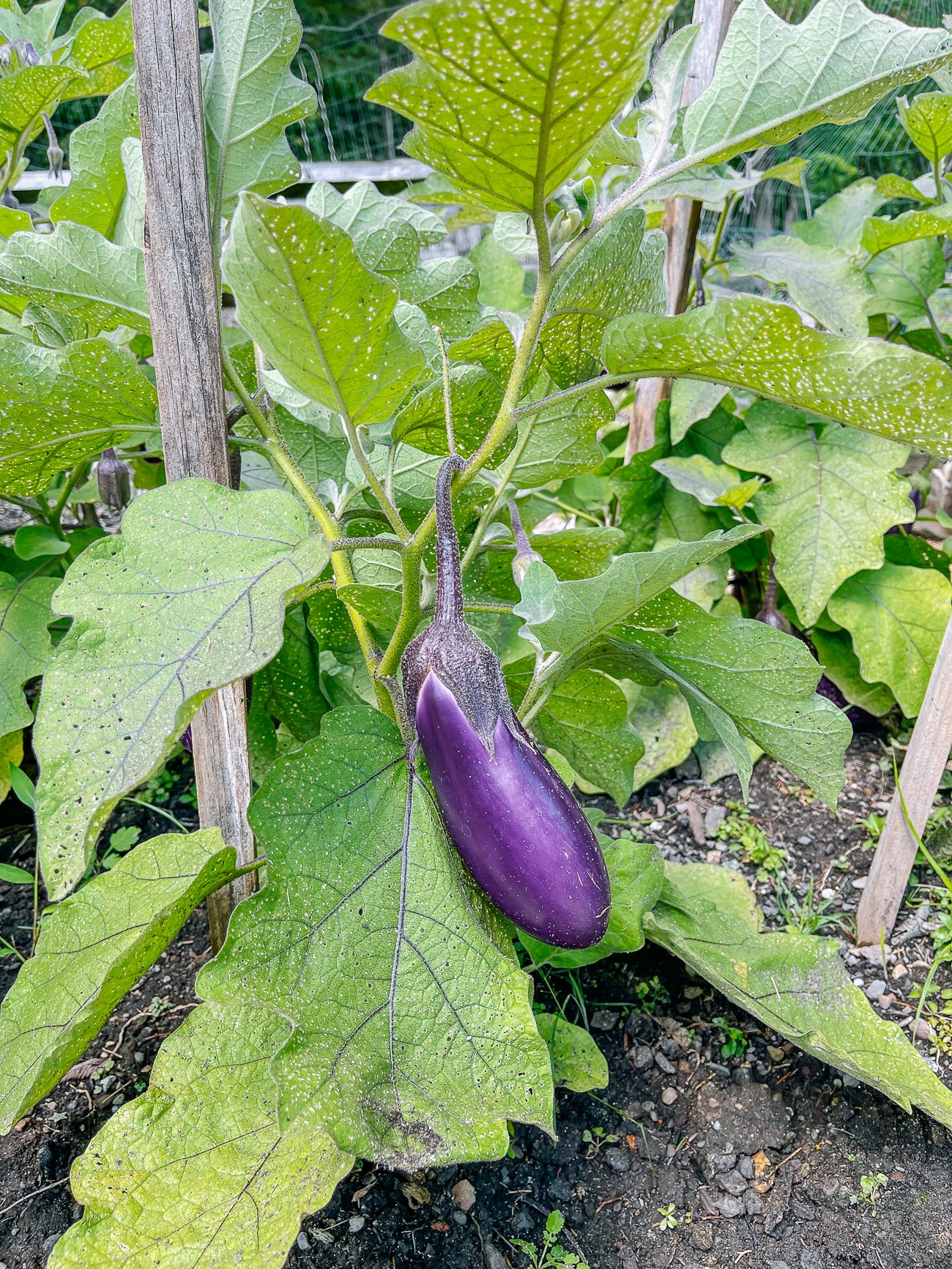
- Marigolds: Marigolds are a great companion plant for beans because they help to repel pests, such as Mexican bean beetles. They also help to attract beneficial insects, such as ladybugs and lacewings.

- Nasturtiums: Nasturtiums are another great companion plant for beans. They help to repel pests, such as aphids and beetles, and they also help to improve the flavor of the beans.

- Peas: Peas and beans are both legumes, so they can help to improve the nitrogen content of the soil. They also help to shade each other from the sun, which can help to prevent the beans from bolting.
- Potatoes: Potatoes and beans are both heavy feeders, so they benefit from being planted together. They also help to shade each other from the sun, which can help to prevent the beans from bolting.
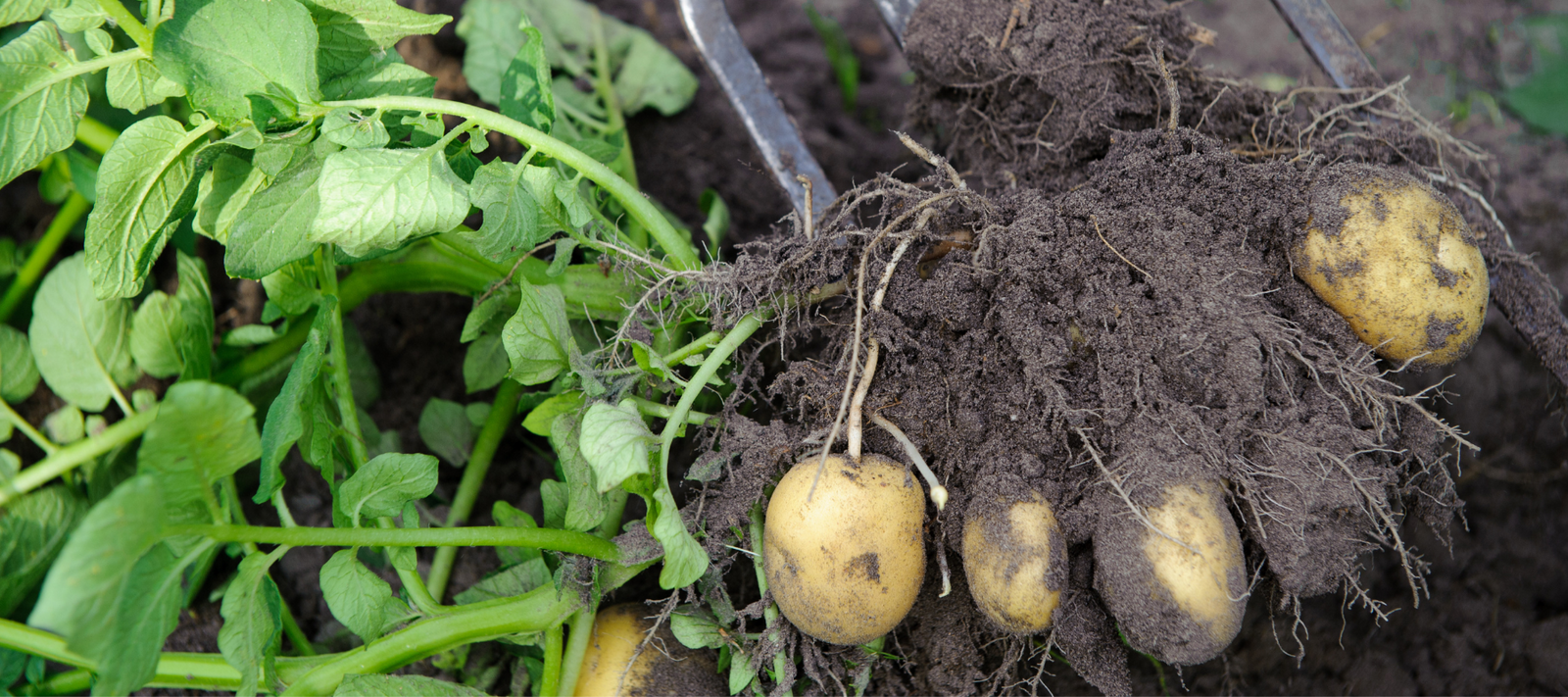
- Squash: Squash and beans are both nitrogen-fixing crops, so they can help to improve the fertility of the soil. They also help to shade each other from the sun, which can help to prevent the beans from bolting.
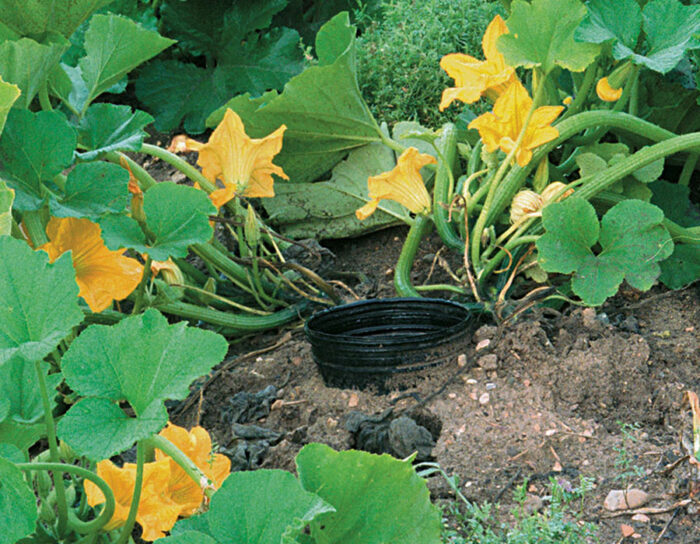
Plants to Avoid Planting Near Beans
There are a few plants that you should avoid planting near beans. These include:
- Alliums: Alliums, such as garlic, onions, and chives, can stunt the growth of beans.
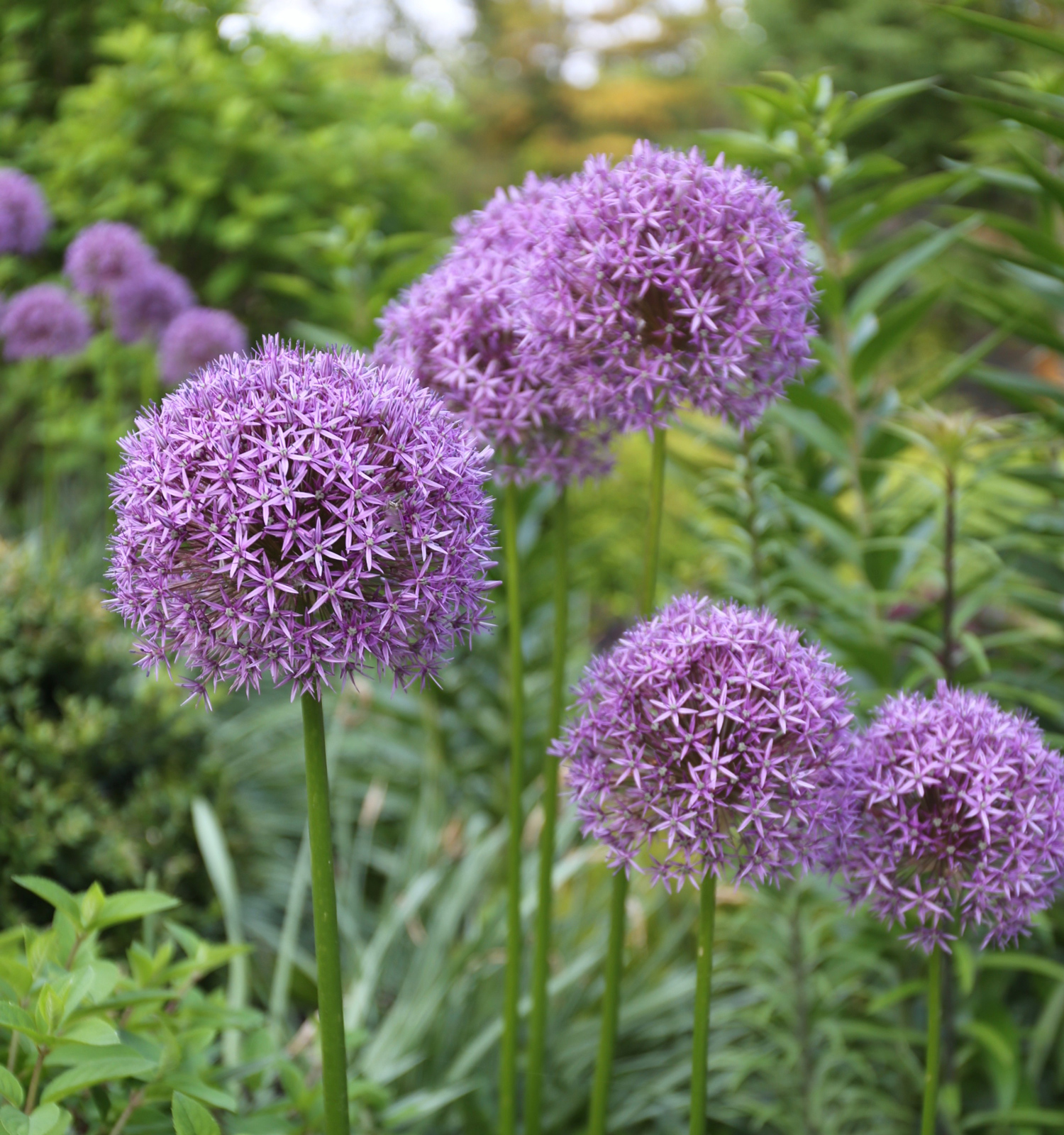
- Fennel: Fennel can inhibit the growth of beans.
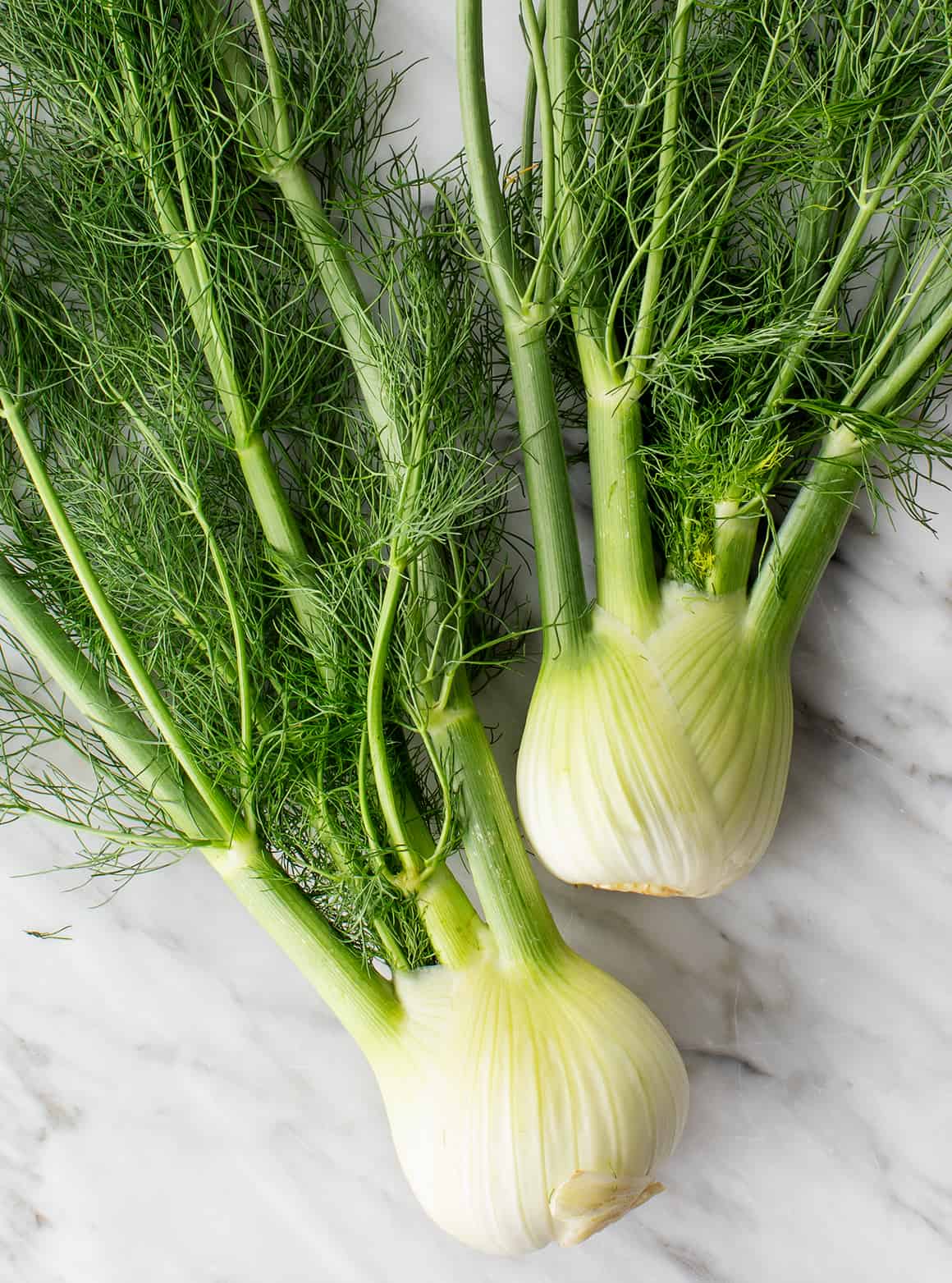
- Gladiolus: Gladiolus can also stunt the growth of beans.
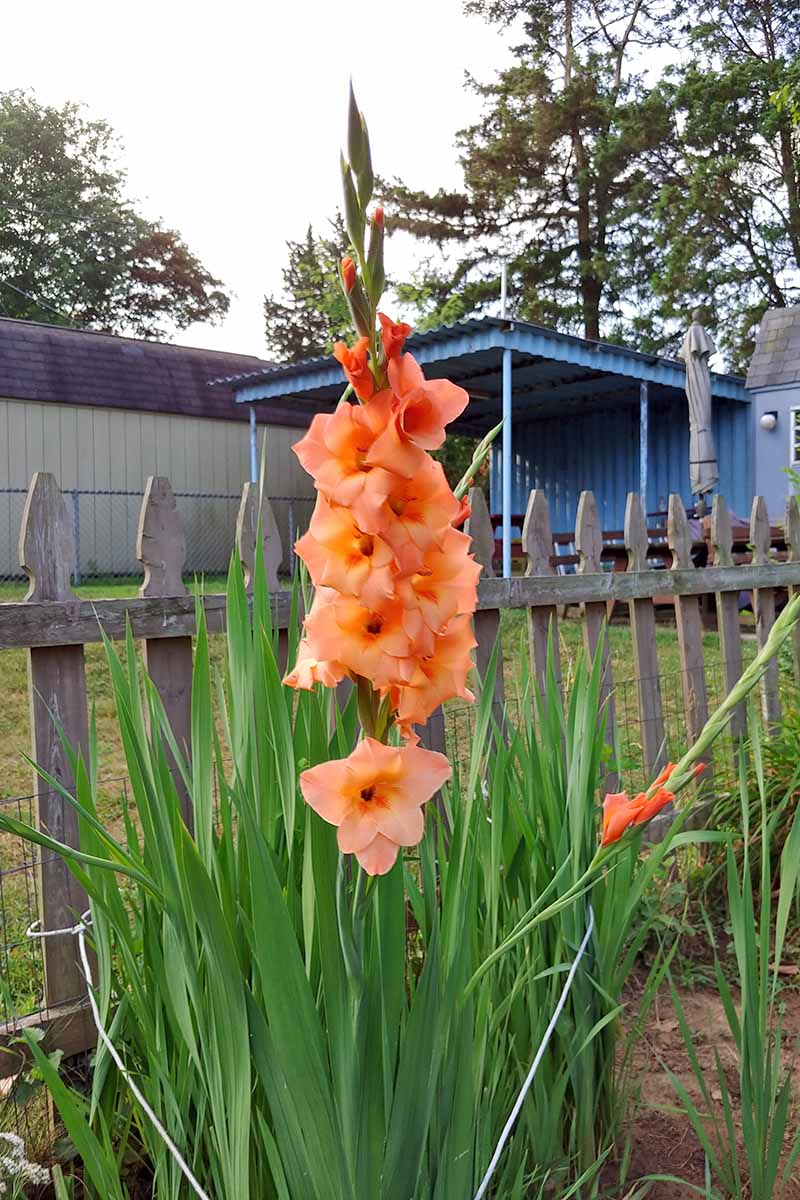
Tips for Companion Planting Bush Beans
Here are a few tips for companion planting bush beans:
- Plant your beans in a sunny spot with well-drained soil.
- Plant your beans with other nitrogen-fixing crops, such as peas or potatoes.
- Plant your beans with plants that help to repel pests, such as marigolds or nasturtiums.
- Avoid planting your beans near alliums, fennel, or gladiolus.
- Water your beans regularly, especially during hot weather.
- Fertilize your beans with a balanced fertilizer every few weeks.
Conclusion
Companion planting is a great way to improve the yield and quality of your bush beans. By planting beans with the right companion plants, you can help to deter pests, improve the flavor of your beans, and improve the fertility of your soil.
Bush beans are a delicious and versatile vegetable that can be grown in most gardens. But did you know that there are certain plants that can help to improve the growth and productivity of bush beans? These plants, known as companion plants, can attract beneficial insects, deter pests, and improve the overall health of your garden.
One of the best companion plants for bush beans is corn. Corn provides support for bean vines to climb, and it also helps to attract beneficial insects that prey on bean pests. Other good companion plants for bush beans include tomatoes, carrots, and marigolds.
If you're interested in learning more about companion planting for bush beans, I recommend visiting Garden Wiki. This website has a wealth of information on the topic, including a list of the best companion plants for bush beans, as well as tips on how to plant and care for these plants.
FAQ of bush bean companion
1. What are the best companion plants for bush beans?
Some of the best companion plants for bush beans include:
- Carrots: Carrots help to repel root-knot nematodes, which can be a major pest for bush beans.
- Cucumbers: Cucumbers and bush beans both enjoy full sun and well-drained soil. They can also help to shade the soil around the bush beans, which can help to suppress weeds.
- Lettuce: Lettuce and bush beans are both cool-season crops that can be planted together in early spring or fall. They also help to attract beneficial insects, such as ladybugs and lacewings.
- Onions: Onions help to repel aphids, which can be a major pest for bush beans.
- Spinach: Spinach and bush beans are both low-maintenance crops that can be planted together in the same garden bed. They also help to attract beneficial insects, such as ladybugs and lacewings.
2. What are some plants that should not be planted near bush beans?
Some plants that should not be planted near bush beans include:
- Peas: Peas and bush beans are both legumes, and planting them together can lead to competition for nutrients.
- Potatoes: Potatoes and bush beans are both susceptible to the same pests and diseases, so planting them together can increase the risk of infection.
- Tomatoes: Tomatoes and bush beans can compete for water and nutrients, so it is best to avoid planting them together.
3. Do bush beans need support when growing?
Most bush beans do not need support when growing. However, some varieties, such as runner beans, can grow quite tall and may benefit from some type of support. If you are unsure whether or not your bush beans need support, it is best to err on the side of caution and provide some type of support.
4. What are some tips for companion planting with bush beans?
Here are some tips for companion planting with bush beans:
- Consider the needs of the plants. When choosing companion plants for bush beans, it is important to consider the needs of both plants. For example, if you are planting bush beans with carrots, you will need to make sure that both plants have similar water and nutrient requirements.
- Plant the right plants together. Not all plants are compatible with each other. Before you plant any two plants together, it is a good idea to do some research to make sure that they are compatible.
- Experiment. There is no one-size-fits-all answer when it comes to companion planting. The best way to find out which plants work well together is to experiment. Try planting different combinations of plants and see what works best for you.
5. What are the benefits of companion planting with bush beans?
There are many benefits to companion planting with bush beans, including:
- Increased yields. Companion planting can help to increase yields of bush beans by attracting beneficial insects, suppressing weeds, and improving soil health.
- Reduced pest and disease problems. Companion planting can help to reduce pest and disease problems by attracting beneficial insects, deterring pests, and providing shade.
- Improved soil health. Companion planting can help to improve soil health by adding nutrients, increasing water infiltration, and suppressing weeds.
Post a Comment for "The Ultimate Guide To Companion Planting Bush Beans"